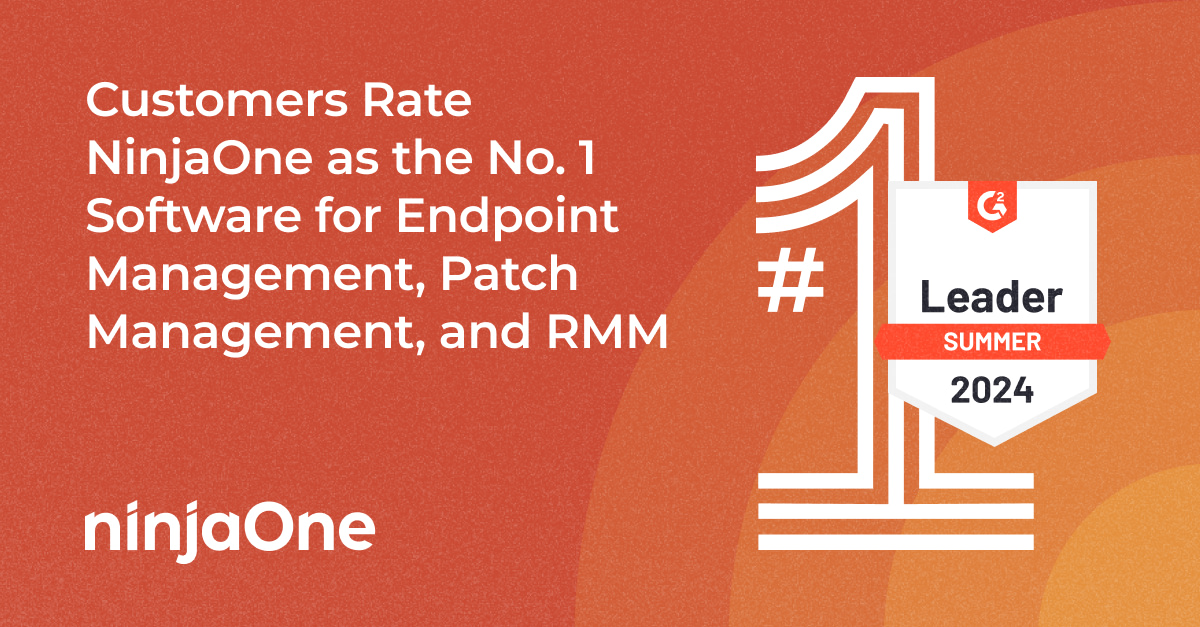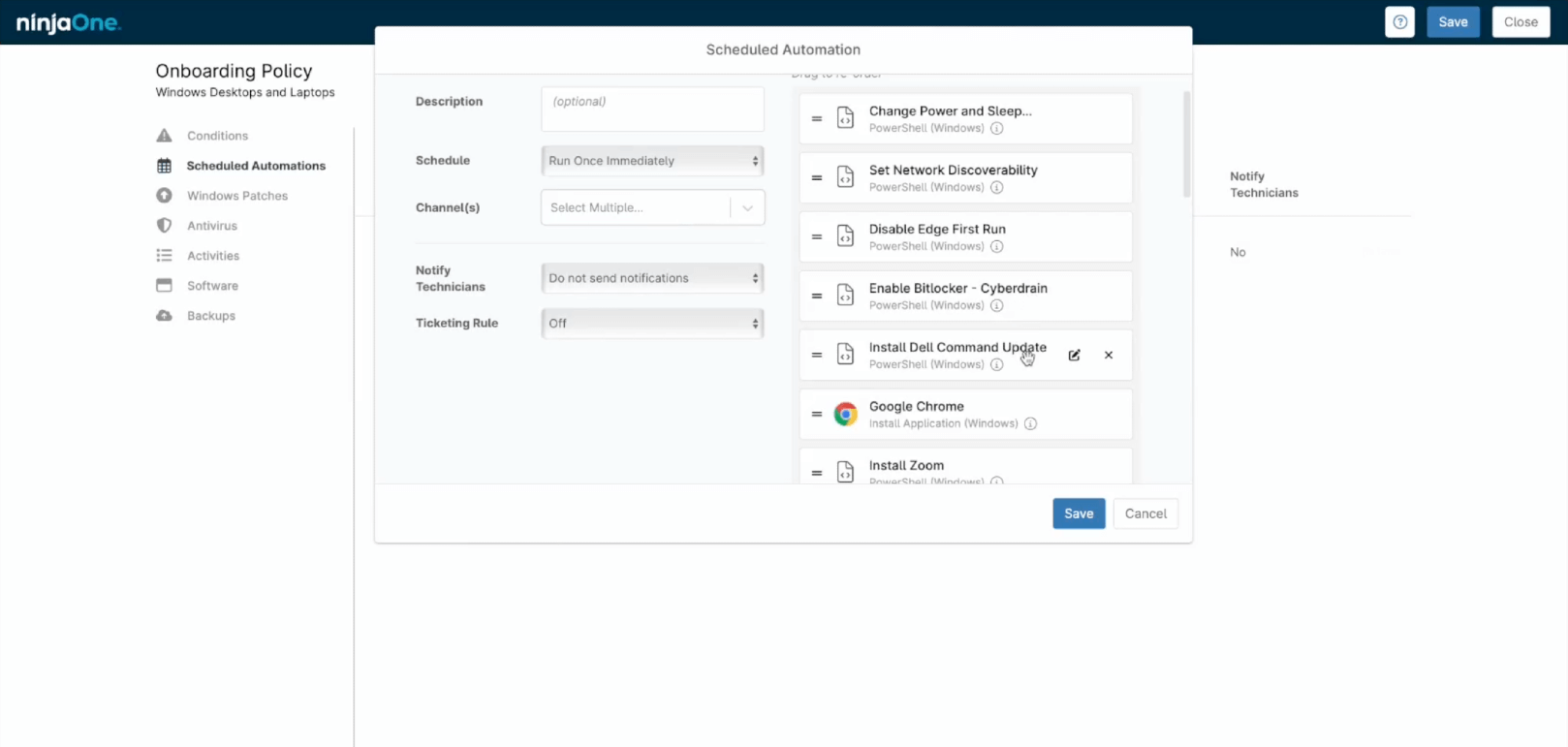Virtual servers are a type of virtual machine, and they are an increasingly common occurrence in IT environments. They take place within a virtualization environment and are typically seen in enterprises. Virtual servers are just an alternative method used to run a server system, and backups of these virtual servers are as essential as physical server backups.
What is a Virtual Server Backup?
A virtual server backup is a type of backup dedicated to protecting any data housed in virtual servers, and it is an essential part of server management. It may include anything from certain files and applications to server configurations and snapshots of the entire virtual server system.
A virtual server backup is built using either a server visualization hypervisor or an external backup application that connects with the designated storage to complete the backup.
What are the benefits of a virtual server backup?
Virtual server backups are very specialized in that they only serve virtual servers, but there are a number of advantages to using this type of server and its associated backup type. The major benefits of using virtual server backup are:
Virtual data protection
Virtual servers store vital information for the operation of an organization’s IT environment. The data can include anything from software and system files to server configuration settings. Creating virtual server backups regularly offers protection for this important information and ensures that organizations can easily access any essential virtual server data.
Improved server reliability
Virtual server backup provides a copy of your server data in case of accidental deletion, server hardware failure, or a glitch in server software. It acts as a safety net for the data on your virtual server and ensures that the server remains functional and accessible. A virtual server’s reliability is critical for all the users and systems that depend on it.
Lower costs
Costs of operation for virtual servers are much lower than costs for physical servers, so supporting virtual servers by backing up the data on those virtual machines helps to keep overall costs down. When your organization saves money in one area of IT management, it allows you to invest that money elsewhere while not sacrificing on overall IT efficiency.
6 best virtual server backup solutions
1. NinjaOne Data Protection
NinjaOne Data Protection is a cloud-first backup solution used to protect your essential data on the endpoints in your IT environment. They provide image and file & folder backup options and offer file & folder, partition-level, full system, and bare-metal restore options, all within a unified dashboard. For virtual servers, NinjaOne can take an image backup and restore it to the system when necessary. The flexibility of the backup software, plus its automation capabilities, enables organizations to create a backup strategy that works for them.
Watch a demo or sign up for a free trial of NinjaOne today.
2. Veeam Backup & Replication
Veeam Backup & Replication is another type of backup solution available for IT environments. They currently offer image-level backups and can backup data on machines whether they’re virtual, cloud, or physical machines. The restore and recovery options include image-level restore, file-level restore, and more. Veeam can backup multiple kinds of devices including physical machines, virtual machines, cloud VMs, and NAS file shares.
3. VM Backup
Formerly Altaro VM Backup, VM Backup is a backup solution built for protecting data on Hyper-V and VMware. It uses immutable cloud storage for ransomware protection and to ensure that backed-up data can not be changed or erased. VM Backup also provides high functionality with features such as deduplication, continuous data protection, and centralized management of your VM backups.
4. Unitrends Backup
Unitrends Backup provides a single interface to manage a variety of backups, including virtual, cloud, SaaS, and more. This backup solution provides backup and recovery that can be managed in a single location, backup analytics, and testing to ensure your data is protected, and scalable backup software. Unitrends is a centralized backup solution used to manage complex backup environments.
5. Acronis Cyber Protect
Acronis Cyber Protect is a backup software that integrates with ransomware protection to keep your data safe and secure. It provides file and disk-image backup, continuous data protection, and flexible storage options. Unique features of Acronis Cyber Protect include anti-malware scanning of your backups, a data protection map, forensic data collection, and more.
6. Nakivo Backup & Replication
Nakivo Backup & Replication offers VM data protection for a wide variety of organizations like MSPs, SMBs, and enterprises. It is an agentless solution that uses one platform to manage backups and perform routine backup tasks. Nakivo also has the option to be installed on a supported machine or deployed as a virtual appliance, depending on what will work best for your organization.
Virtual server backup is key for effective server management
A virtual server backup is critical to ensure that the data that resides on the virtual machine is protected and secure. There are a variety of virtual server backup options to choose from, and each solution comes with its own strengths. Find the virtual backup software that fits the needs of your organization best because it will lead to more efficient server management.
NinjaOne provides software that can help you backup virtual server data, while also providing the ability to monitor and manage those virtual servers. It gives you full visibility into your organization’s virtual servers and provides data on key metrics. Ensure your virtual server is healthy and properly functioning while confidently backing up your virtual server with NinjaOne.








